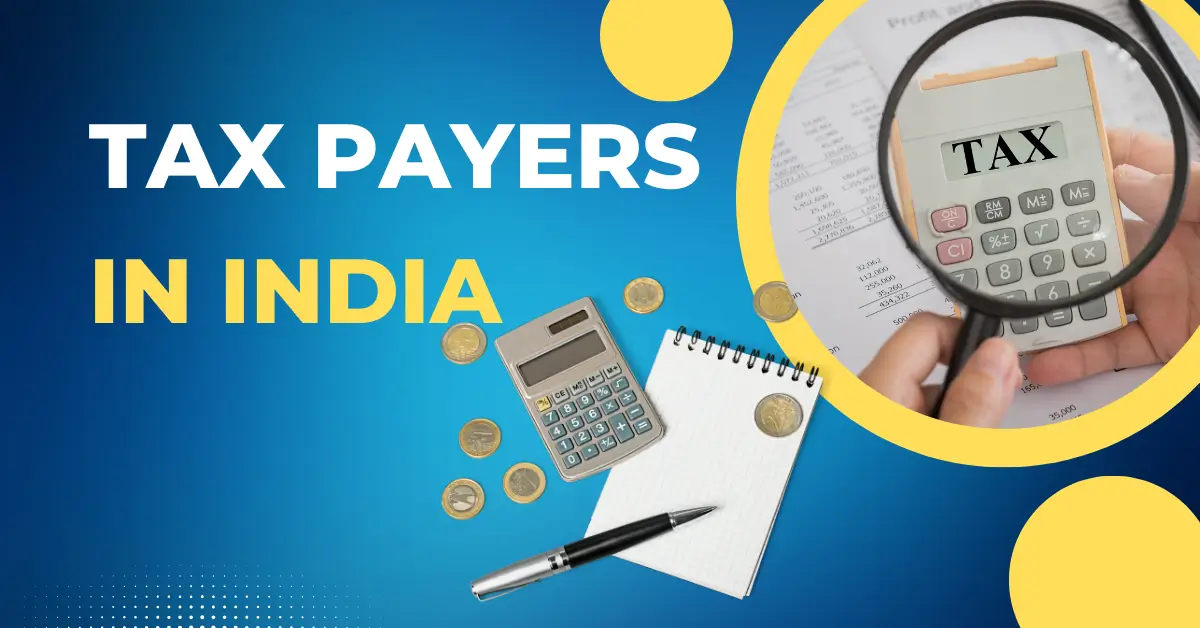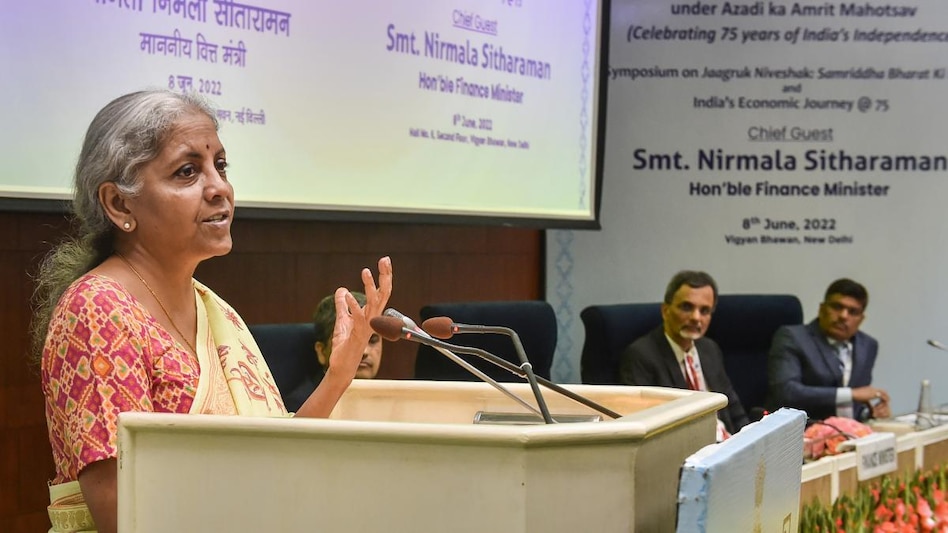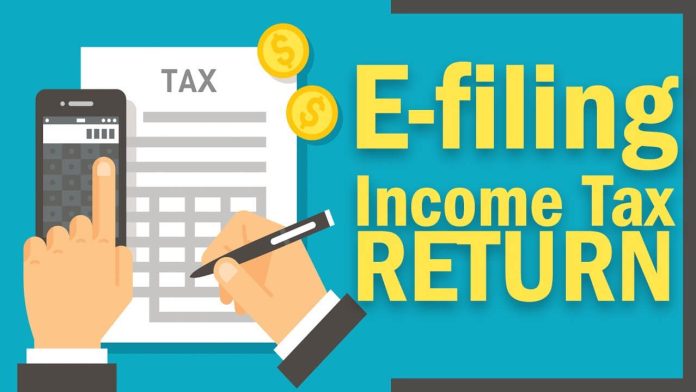- The salaried and the business class in the country are always on the lookout for how the income tax returns pan out in the assessment year. Make no mistake, most of the people representing these categories are always cagey about paying high taxes but not receiving reciprocity in the form of social security or comfort amenities in return. It does not make for a compelling reading when the Union Finance Ministry makes announcements of how only 6-7 crore income tax returns were filed when the country’s population has already breached 145 plus crores. The numbers are evidently minuscule for the world’s most populous country when the revenue generated out of tax returns is largely negligible. Ask any individual who pays through the nose as income tax.

PC: Vittashastra
- As it is, taxpayers are a lot angry. Adding to this disgruntlement are the labyrinthine columns in the tax return form that are not so easy to navigate. Little wonder, India is considered as the world’s tax dispute capital. Hopefully, the newly introduced income tax bill is expected to change this notion for good. Let’s go back a while to discern how the income tax evolved in the country. India was a command economy in 1961. Bitcoin and AI were beyond imagination, as were personal computers and smartphones. The Income Tax Act of that era is a misfit in these times though. It’s been kept going with additions and alterations, like an old family home, but the result is uncomfortable and ungainly. And like old family homes, it breeds disputes.

PC: Business Today
- That’s why the finance minister promised an overhaul while presenting her budget last July. The new I-T bill should be able to address this glaring anomaly in line with the present-day demands. As reported, the new return looks like an improvement on the original. The language is simpler and clearer. Rules for deductions don’t look like riddles. There are many more sections, but only because the existing rules have been sorted for clarity. Salaried taxpayers will like Clause 19 because it consolidates all deductions in a tabular form. New asset categories like crypto, and new income streams like gaming and influencers’ earnings are covered too. The switch from assessment year to tax year seems like a minor matter, but perhaps best captures the intent of the exercise. The idea is to reduce disputes and litigation.

PC: Open Access Government
- That’s because direct tax disputes have become a plague over the past 15 years. The amount under dispute started rising after the downturn of 2009-10 and touched 15.4L cr in 2023-24. Roughly 87% of it concerns direct taxes. For perspective, the FM’s I-T bounty for the middle class is worth only 1L cr. While tax disputes arise everywhere, Indian tax authorities have a poor track record of winning them. Simplification is the key. Many tax demands in India are unreasonable, made under pressure to meet revenue targets. A simpler, clearer, unambiguous I-T law can help end this tyranny. Fewer tax disputes also mean greater ease of doing business. Hopefully, the new bill will live up to these expectations sooner than later.






